I started with the minimum configuration specified in the documentation and began working with mailcow. Very early on I could send messages but i could not recieve them. So i began adding everything that the documentation specified. The only thing i could not get working was the reverse domain lookup. But that only where you mail lands, inbox or junk, So i’m very confident that the configuration is set up correctly with all ports exposed. I can send mail but i cannot recieve it.
mail tester passes everything with a 10/10.
checking postifx logs, I found that there was no Inbound mail from the outside but i could send perfectly fine which led me to believe that I still have a problem with blocked traffic, so i contacted my isp and they claim they do not block any traffic going to my home and there was other ‘trash’ traffic being blocked so they unblocked even that for me. Still no change. I’m not sure what the problem is here.
My setup is a nginx reverse proxy, in docker, sending traffic to another docker container on the same device. I use squarespace as my domain provider(i got transitioned from google, not sure if that helps), i3broadband as my internet provider.
My reverseproxy moves all http traffix to https. Any advice or help is appreciated, i really want my own mail server.
I’ve tried everything i could think of, not sure what to do at this point.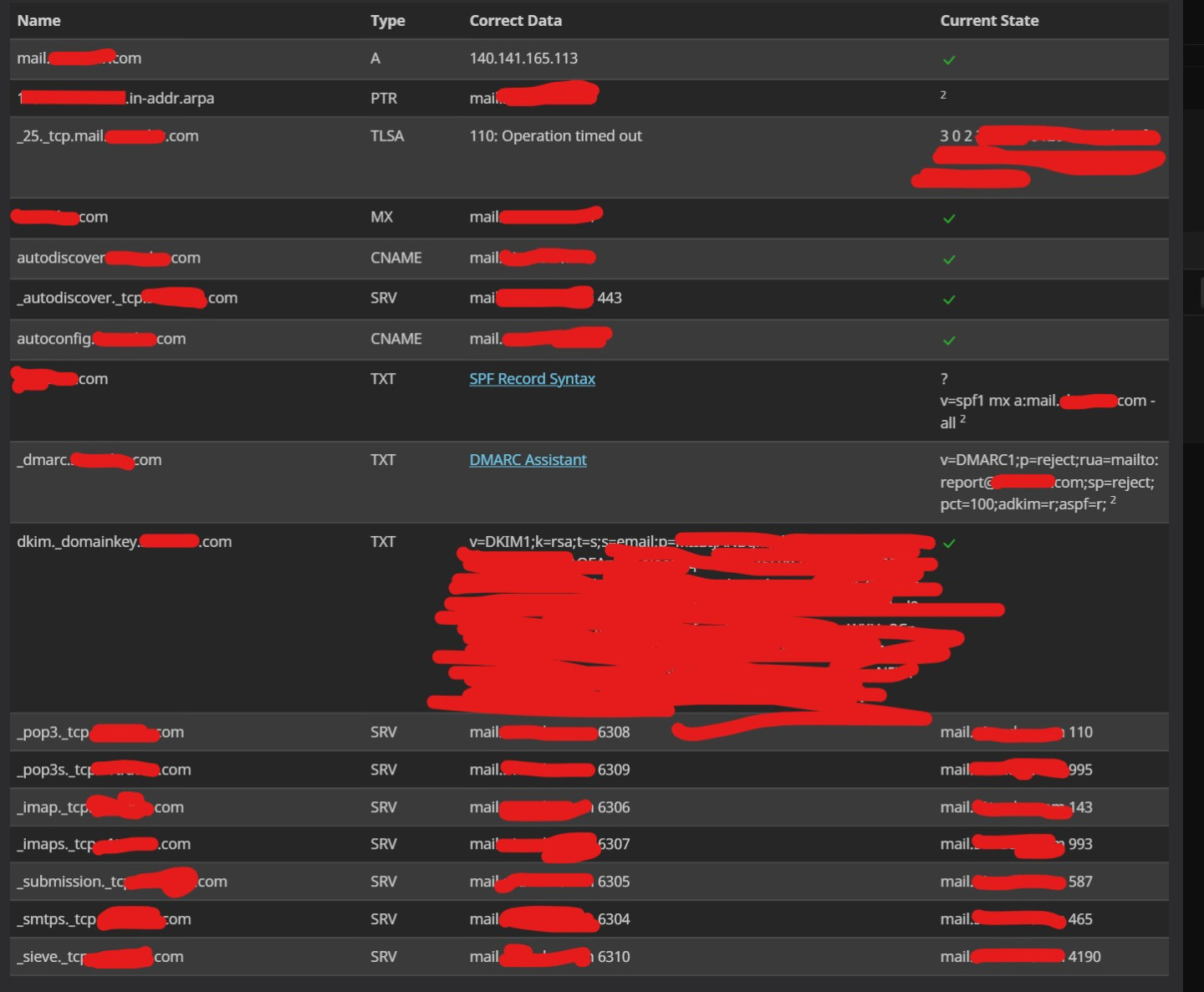
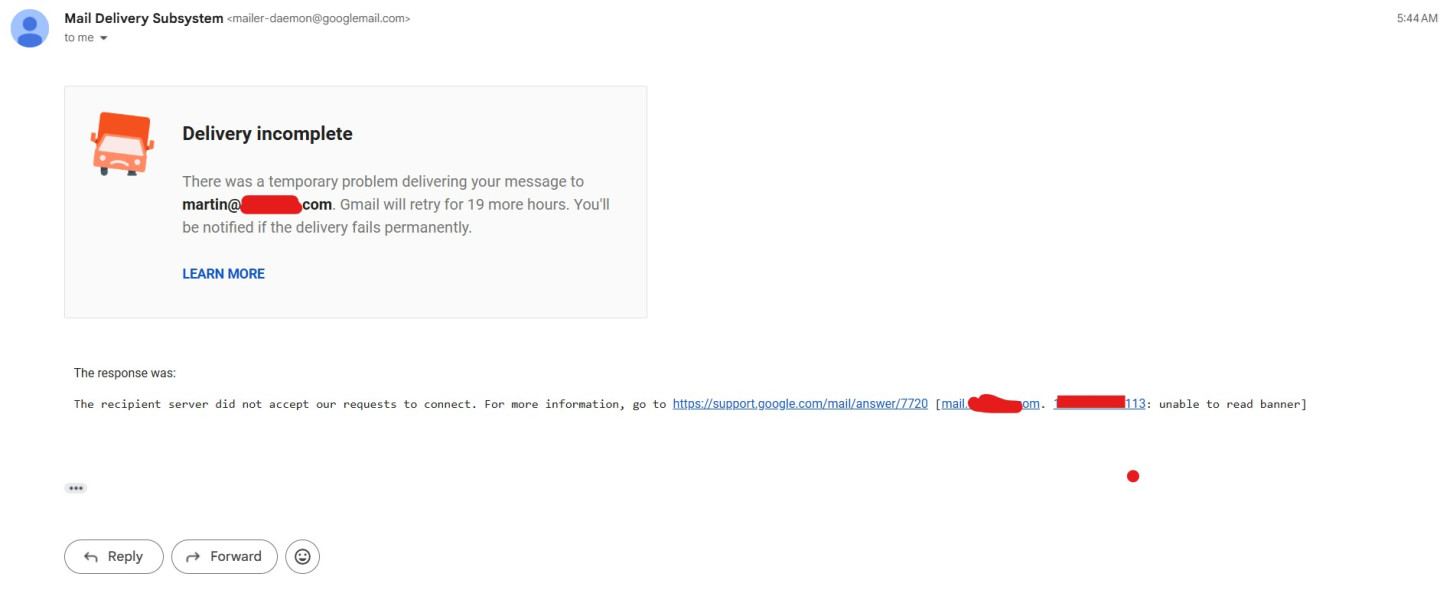
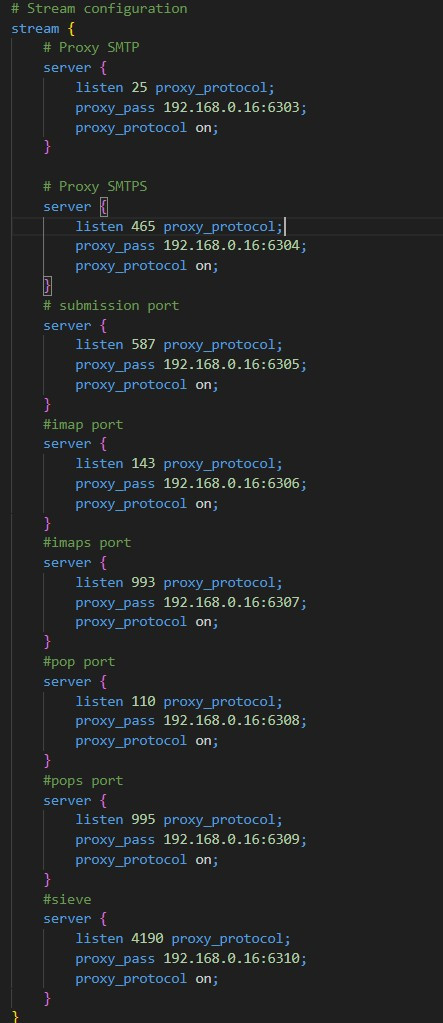
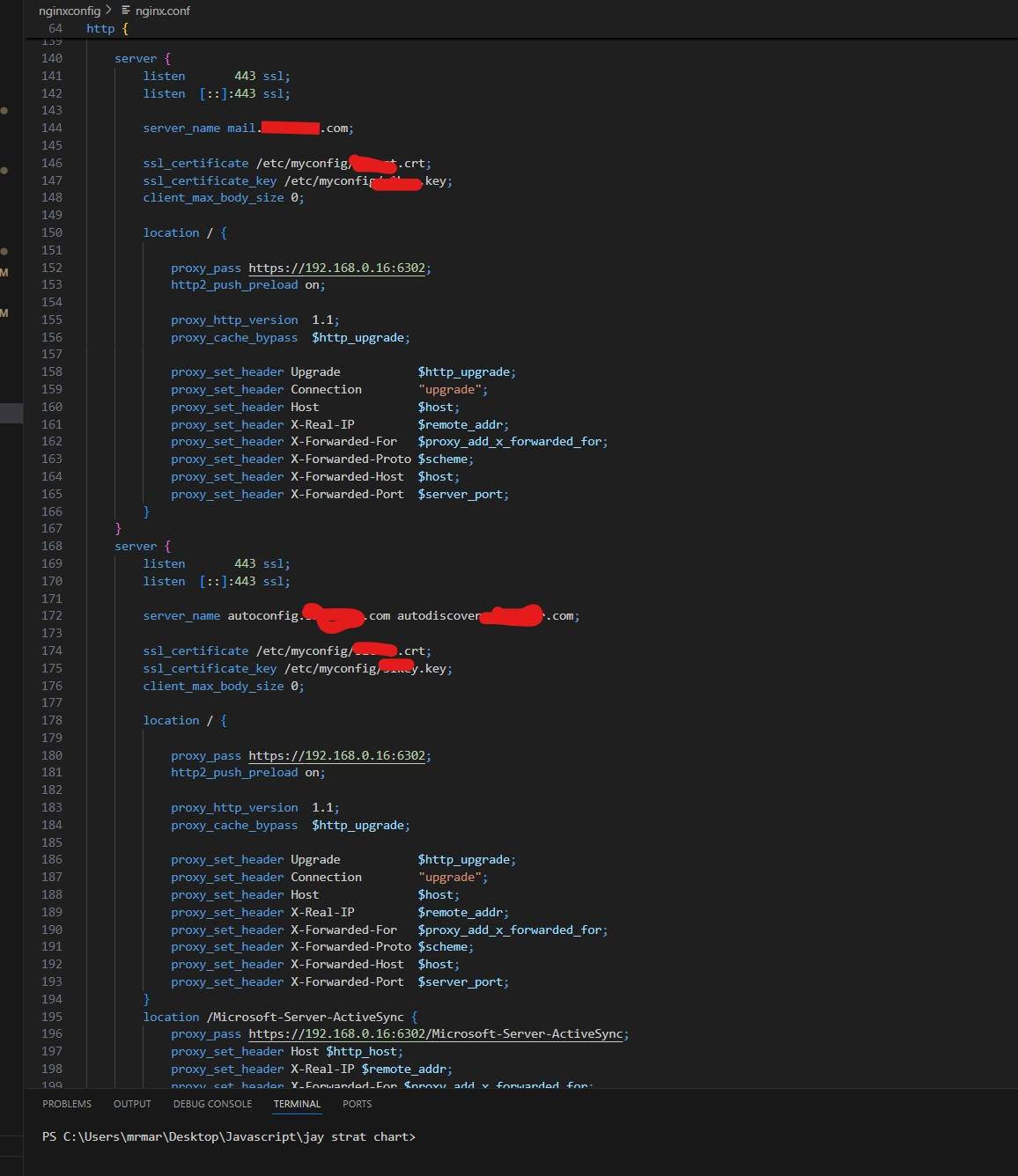

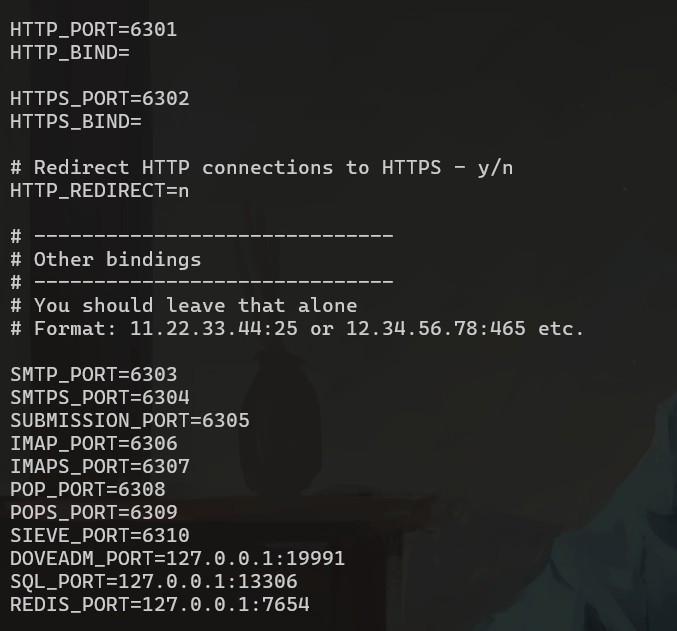
w.email/assets/files/2025-04-12/1744475064-343338-help3.jpg alt={TEXT?}]
I can send mail to others like gmail, i can recieve local mail from other users on my server. I just can’t recieve external mail. I tried to investigate the ‘cannot connect’ but have determined that the ports in use are all open. using nmap and other programs, they really are open.
I can send mail to others like gmail, i can recieve local mail from other users on my server. I just can’t recieve external mail. I tried to investigate the ‘cannot connect’ but have determined that the ports in use are all open. using nmap and other programs, they really are open.
I can send mail to others like gmail, i can recieve local mail from other users on my server. I just can’t recieve external mail. I tried to investigate the ‘cannot connect’ but have determined that the ports in use are all open. using nmap and other programs, they really are open.
I can send mail to others like gmail, i can recieve local mail from other users on my server. I just can’t recieve external mail. I tried to investigate the ‘cannot connect’ but have determined that the ports in use are all open. using nmap and other programs, they really are open.